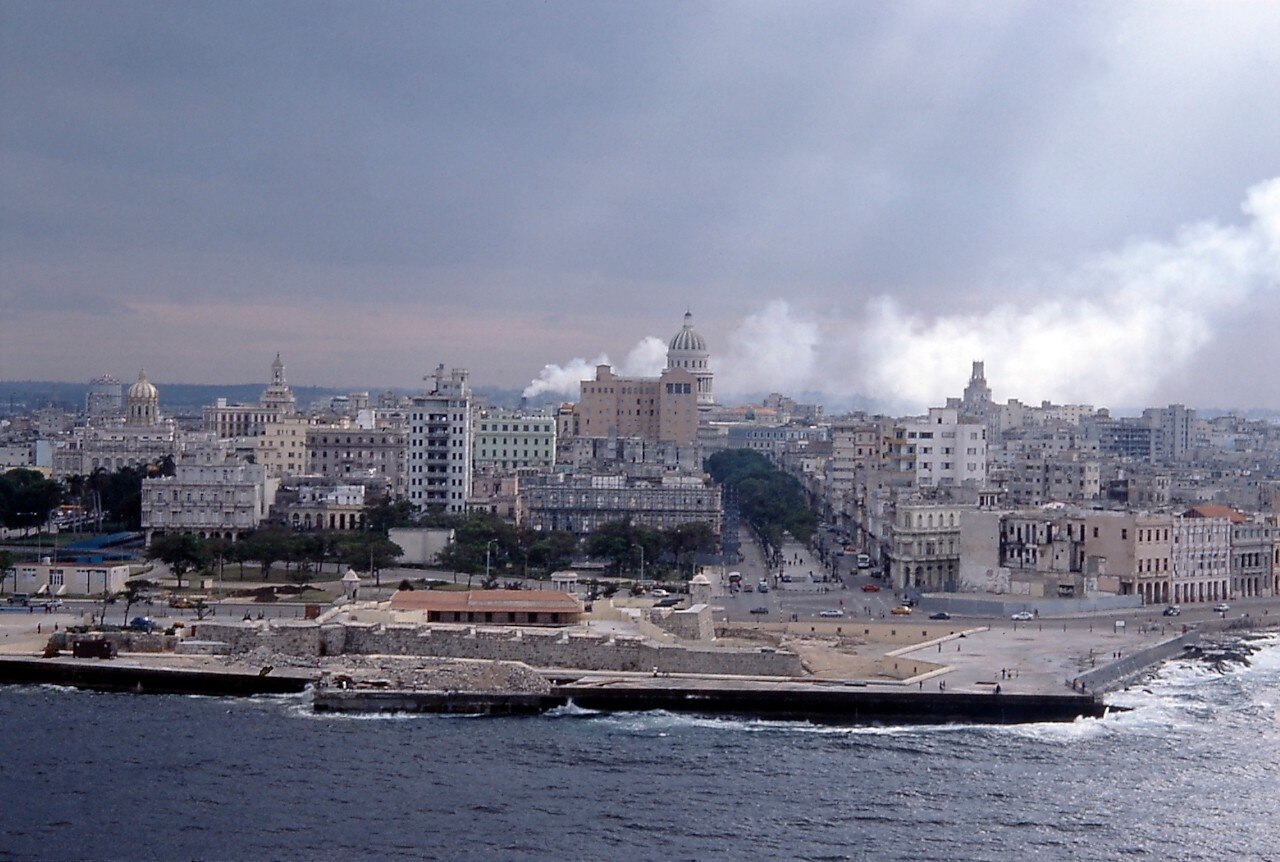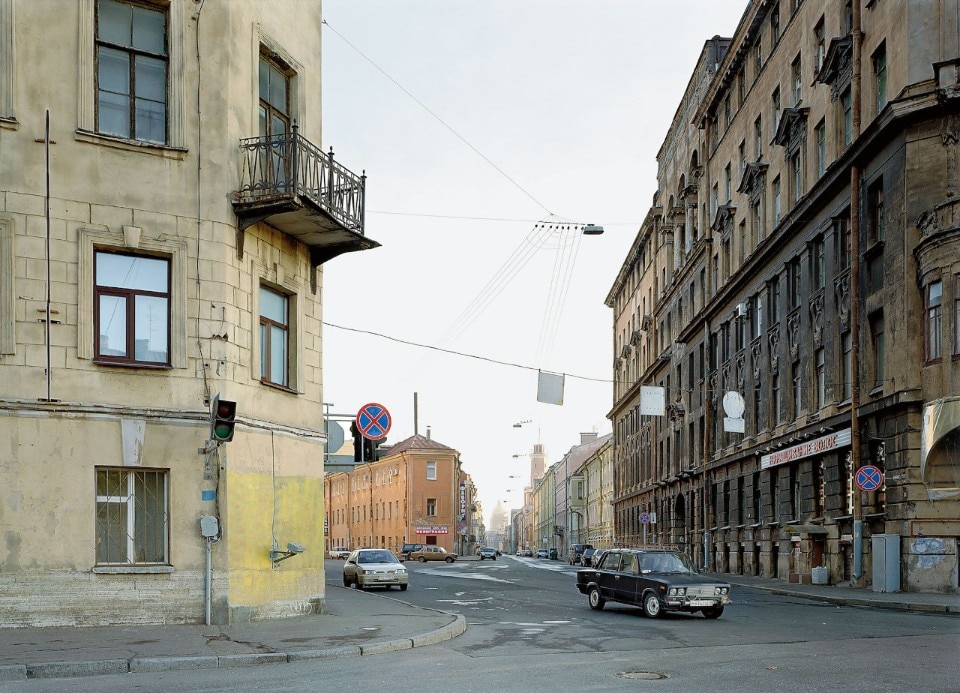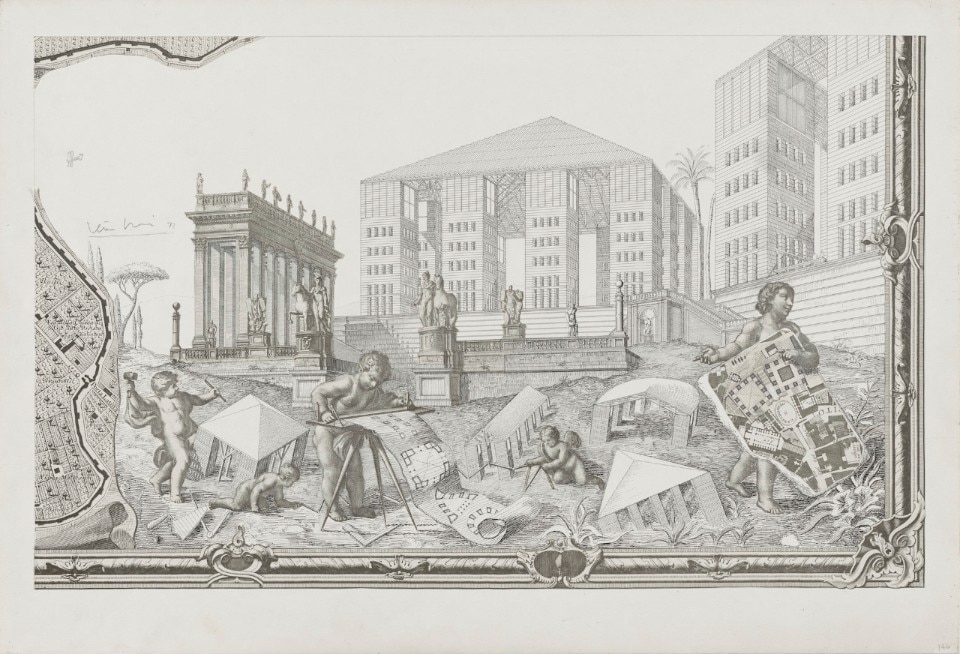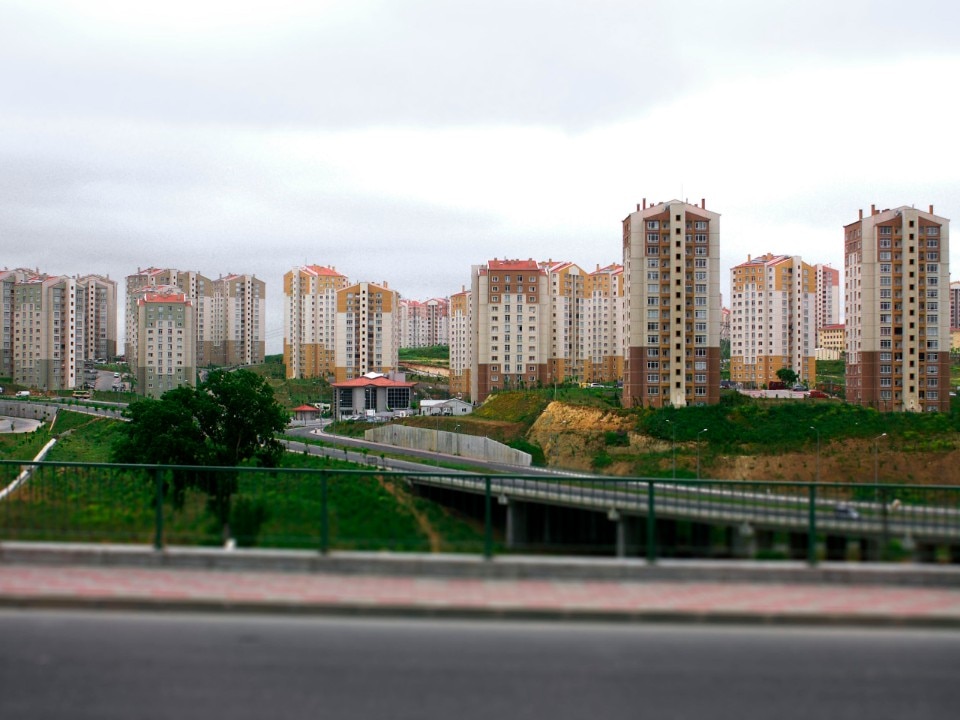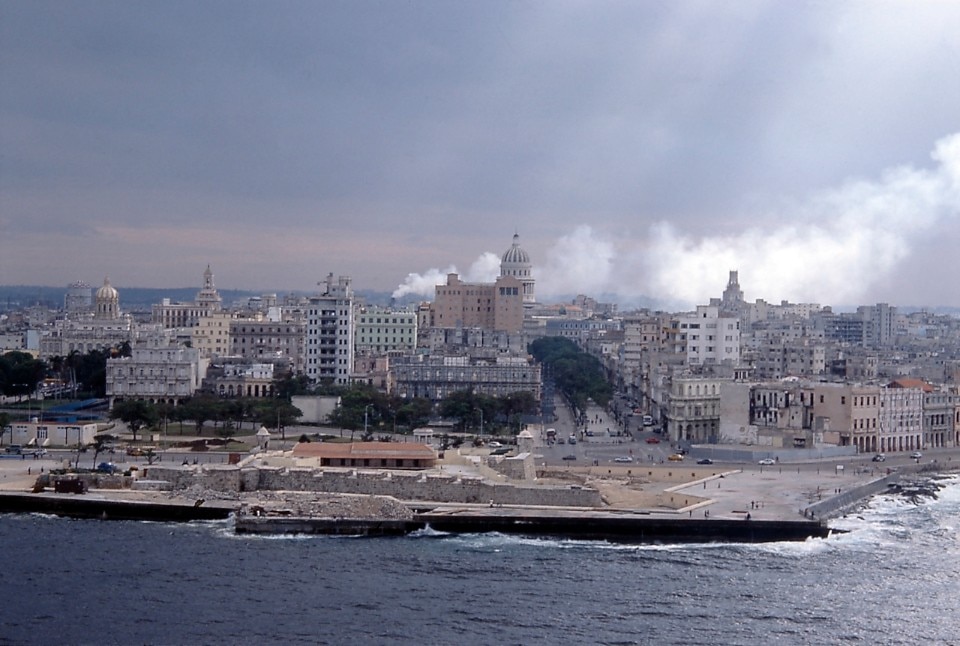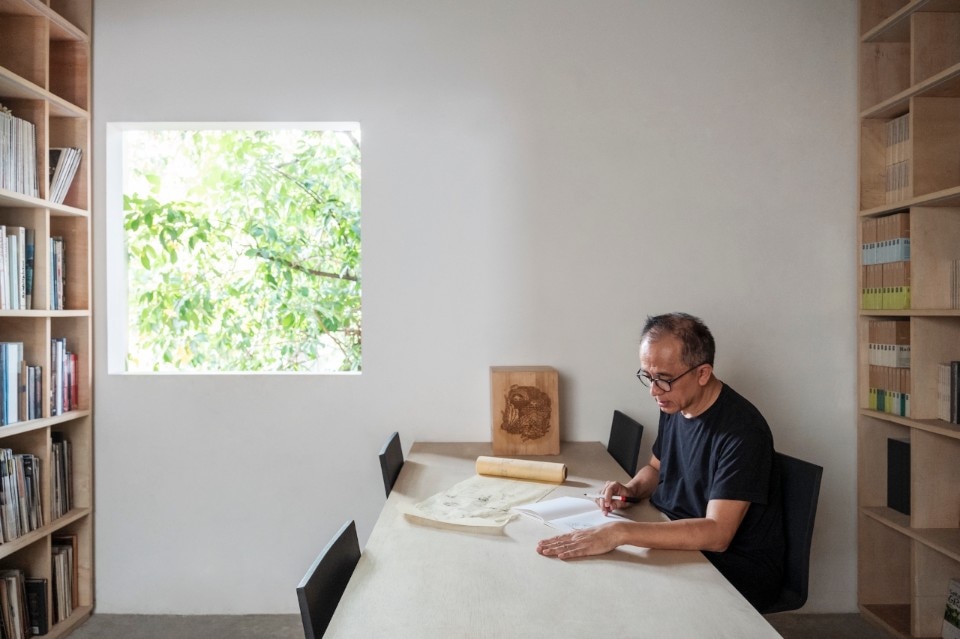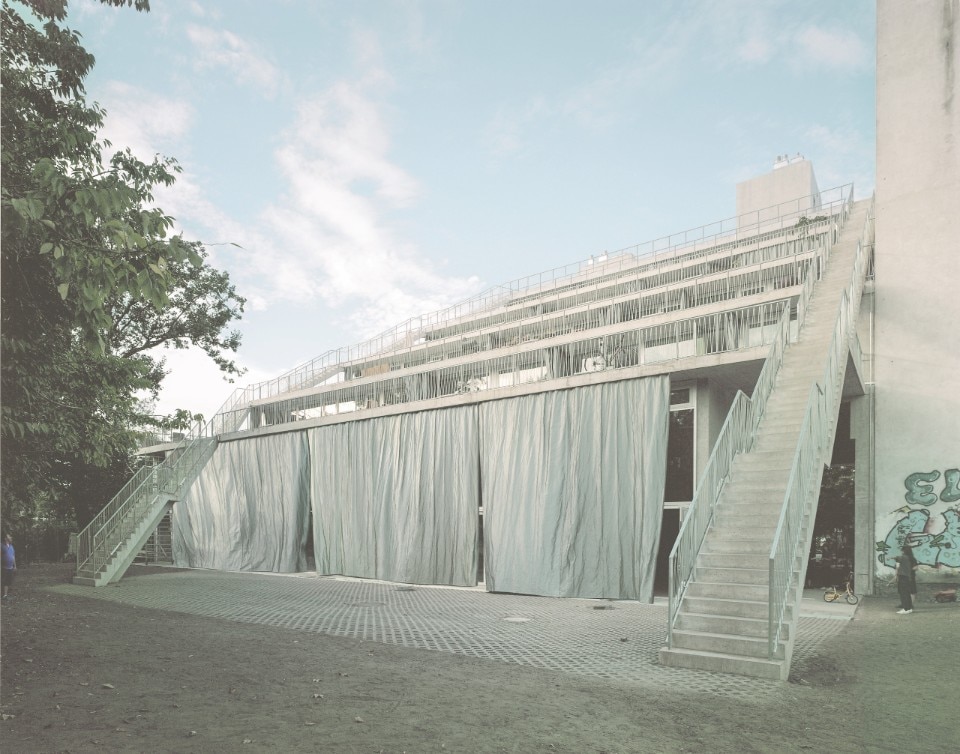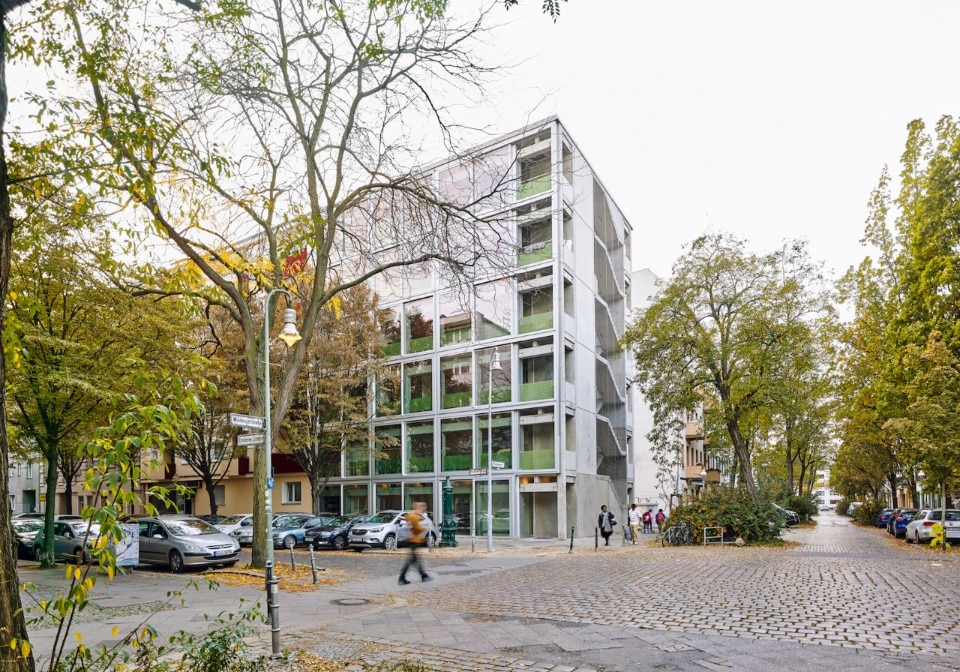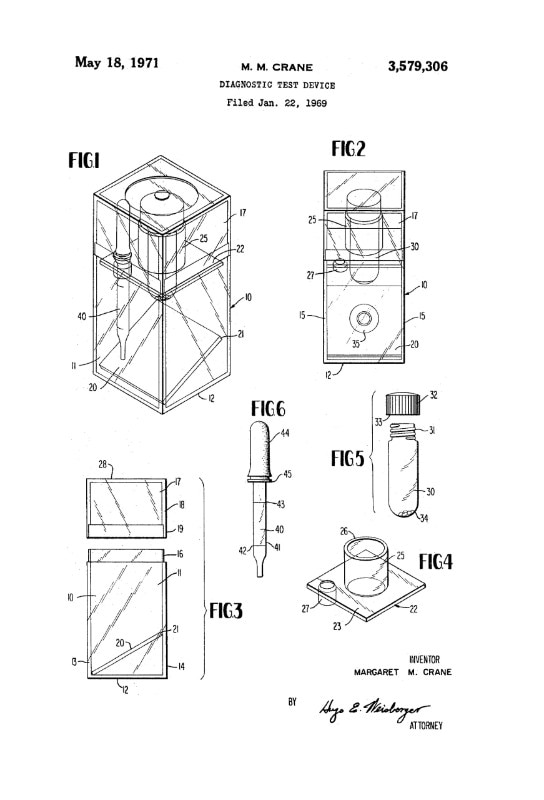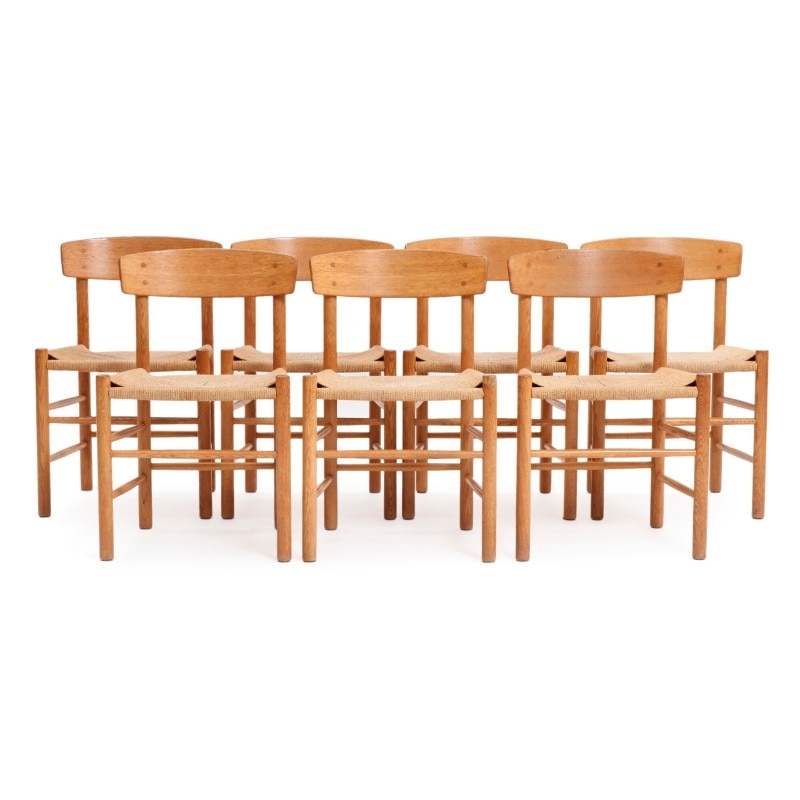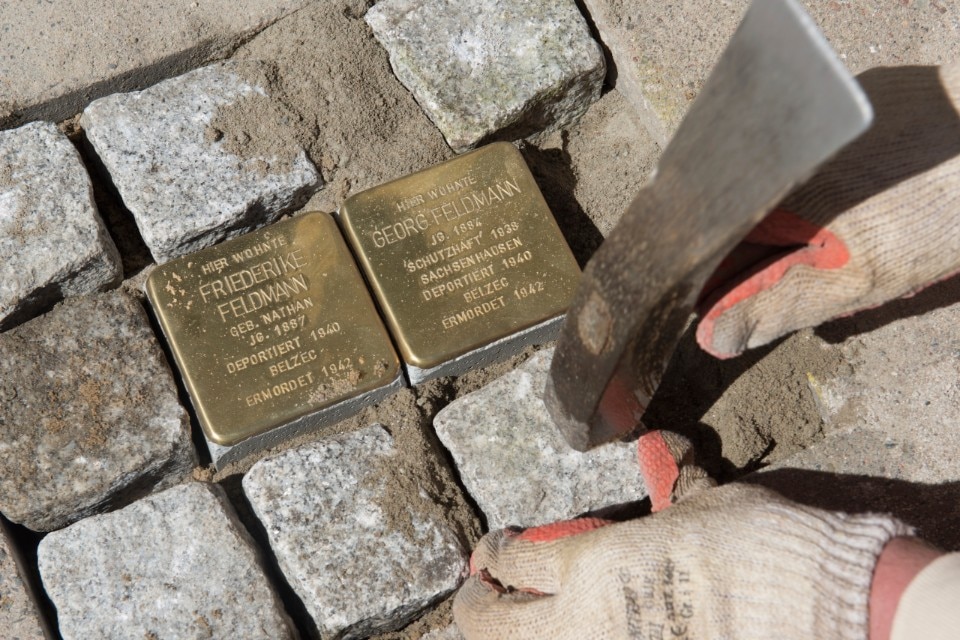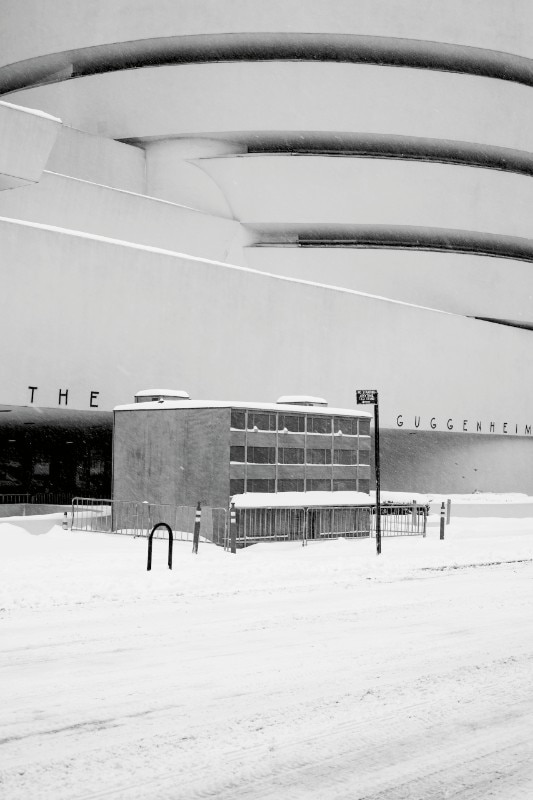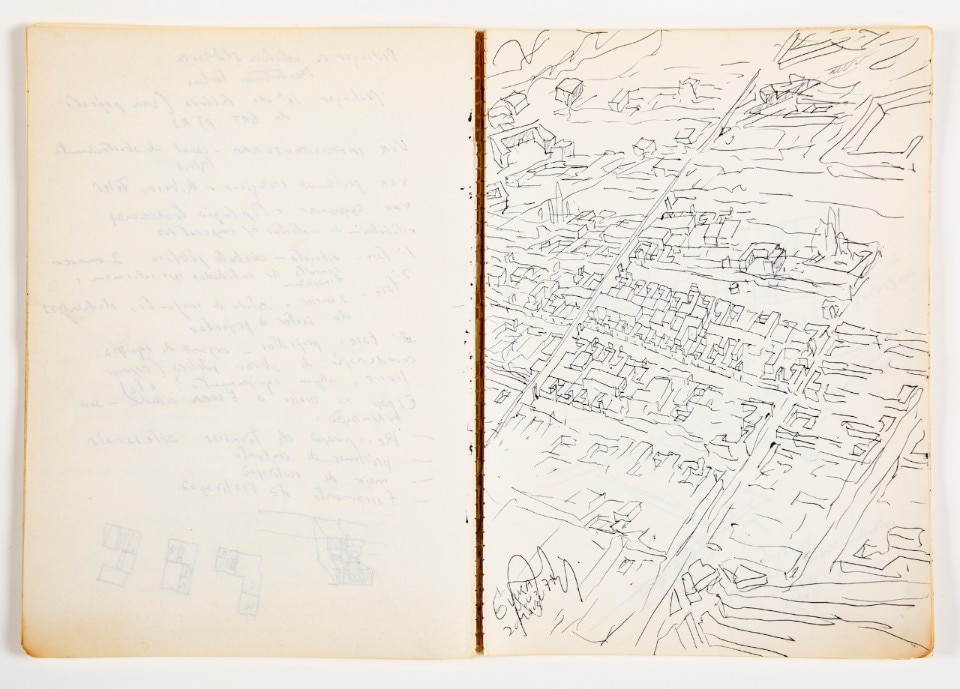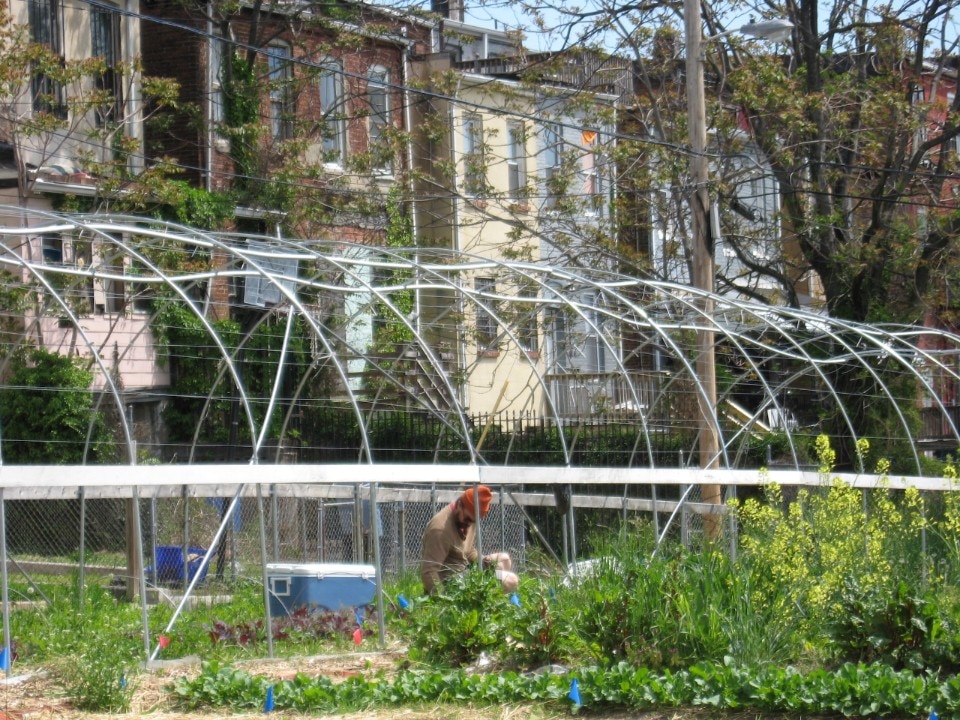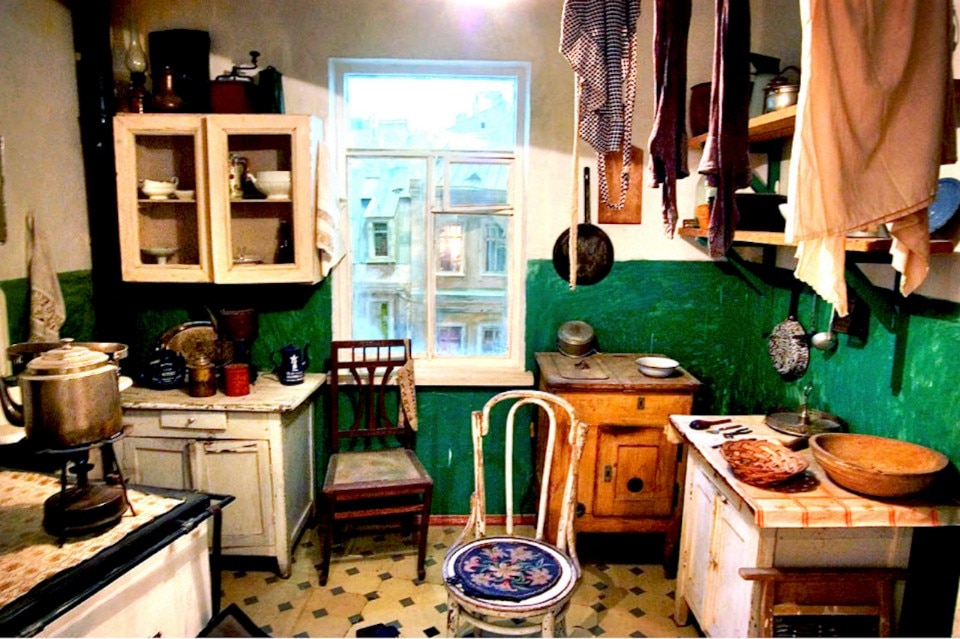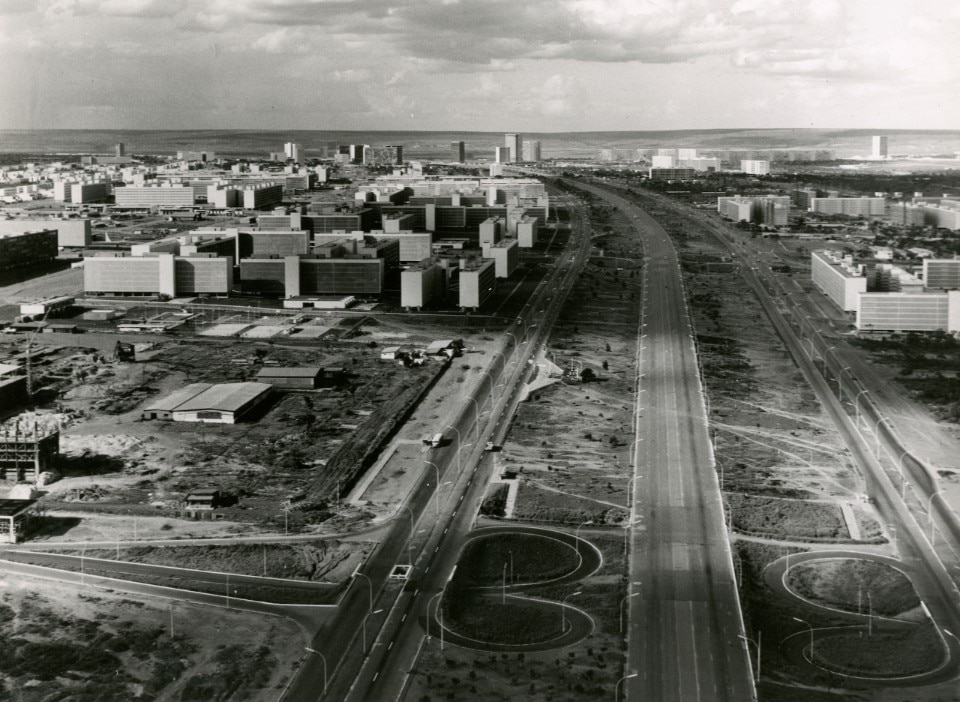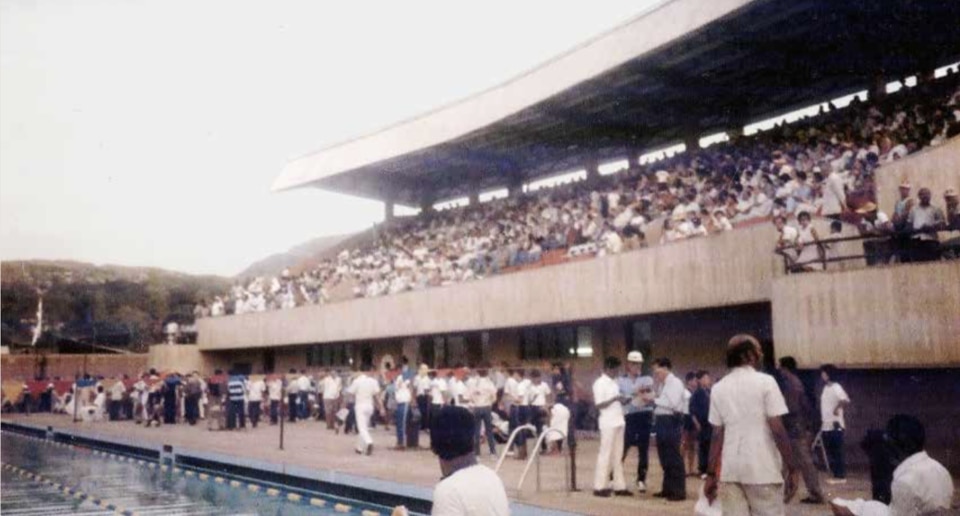The September issue of Domus 1049 focuses on the future of urban dynamism, analyzing the characteristics that make it more than the sum of its parts. David Chipperfield in his editorial reflects on how our ideas about the city are substantially challenged by the way they have developed over the past 50 years, stating that “the history of the city is the history of civilization.”
In this month’s Agenda, Rowan Moore analyzes the social and historical values underpinning urban spaces, warning that classic forms of civic engagement and speculative construction “are deceptively similar” in their rigidity. Jennifer Hattam writes from Turkey, where state-funded mass housing programs claim to create “new cities”. Finally, Vittorio Magnago Lampugnani documents the much celebrated historical center, delicate palimpsest of sedimented values, which cannot be preserved as an investment nor reproduced by formal imitation.
Chipperfield meets Indonesian architect Andra Matin, who explains his particular working method, which links different local building traditions with modernist aspirations experienced around the world to create projects characterized by environmental resilience, social credibility and beauty. For Affinity we move, instead, to Berlin, where Arno Brandlhuber’s studio has completed a new residential complex, presented next to two other buildings made by similarly sensitive architectural firms, which take up the challenge of offering a high quality living space at low cost.
In the Design and Art section, Jimena Acosta Romero supports intersectional and feminist design, which must constantly question its own logic in order to contribute to social equity. The monthly column edited by Jasper Morrison and Francesca Picchi analyzes Danish design from 1920 to 1970, a period of “coherence, perfection and refinement”. As revisionist statements about statues and memorials grow, Anja Löesel comments on the quiet power of the Stolpersteine, Gunter Demnig’s stumbling blocks in memory of those persecuted by the Nazi regime. Stanislaus von Moos, tracing the history of construction through the centuries as a common thread of art, places the work of the duo Peter Fischli and David Weiss within a broader tradition, as heirs and progenitors of an engaging multidisciplinary dialogue.
Among the Reflections, we observe Álvaro Siza’s first sketchbooks for a Portuguese social housing project on which he would work for 20 years. In Baltimore, Justin Hollander analyzes how the city, in the process of depopulation, can shrink within new boundaries, thanks to a combination of technology, community participation and urban planning expertise. Continuing our exploration of personal relationships with the Nobel prize-winning place Svetlana Aleksievič offers us a piece on the accumulation of life lived in the Soviet-era kitchen. Fulvio Irace revisits from the Domus archives the utopian ideals expressed in the realization of the modernist Brasilia by Lúcio Costa and Oscar Niemeyer, little appreciated in 1960s Europe, proof of the difference between urban planning and urban condition.
In this month’s Diary, pages dedicated to current affairs, Simone Paliaga talks about how the school organization will change from September, oriented to become more flexible and collaborative. Elena Sommariva interviews Giulio Ceppi, the only architect on the interdisciplinary committee appointed by the Italian Minister of Education Lucia Azzolina. In the section dedicated to art, Valentina Petrucci analyzes the work of the young Taranto artist Roberto Ferri, who in her canvases remedies the great tradition of Baroque painting. Silvana Annichiarico continues with the selection of three emerging talents in the world of design. Editorial director Walter Mariotti concludes the section with the Coffee Break column, in a conversation with Franco Bernabè, a Trentino, Italian and global manager who has led some of the country's major industrial groups.


